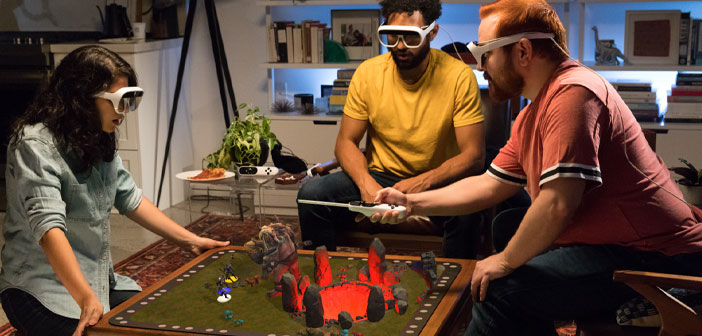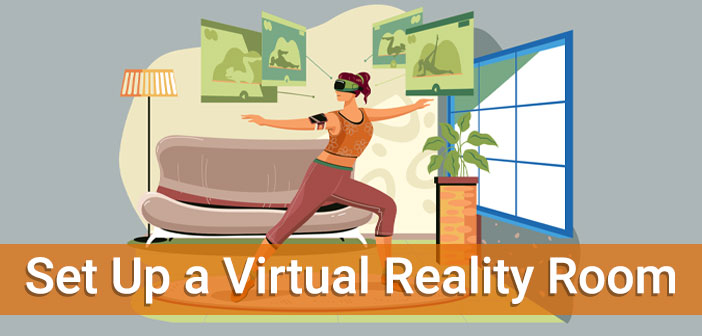Understanding Virtual Reality
Virtual reality, often abbreviated as VR, is an immersive environment that offers users a unique and distinct experience. It transports users to a world that is completely different from reality.
The term “virtual reality” was coined by Jaron Lanier, a pioneer in VR technology, back in the 1980s. Since then, VR has gained popularity, with the 1992 movie “Lawnmower Man” showcasing the use of VR for the first time.
Within a VR environment, users can interact with virtual elements and objects, creating a truly immersive experience.
Applications of VR Technology
VR technology has a wide range of applications across various fields. Some of the most common uses of VR include:
- Digital Marketing
- Entertainment
- Medical and healthcare
- Engineering and robotics
- Architecture and Urban Designs
- Fine art
- Virtual Communication
Integrating VR in Mobile App Development
VR technology is often integrated into mobile applications to enhance user experiences. These apps can be accessed using VR headsets or projected onto screens in designated rooms.
According to Statista, VR headset unit sales are projected to reach 6.1 million units in 2021, with a cumulative installed base of 16.4 million units. By 2024, this number is expected to increase to 34 million units.
Advantages and Disadvantages of VR App Development
- Opportunity for unique ideas
- Effective platform for advertising and consumer engagement
- Technology can address issues and bridge gaps
- Monetization potential
- Constant evolution in VR app development
- Ability to design and sell accessories
- Complex designs
- High development costs
- Cannot create hybrid apps using VR
- Requires frequent maintenance and updates
- May have limited appeal to a targeted audience
Types of VR
There are two main types of VR:
- Immersive VR
- Cyberspace VR
Immersive VR: Provides users with an interactive experience in a virtual environment.
Cyberspace VR: Allows users to observe or participate in virtual environments with interactive elements, often used for training simulations.
Explore the world of VR app development, from its advantages and disadvantages to innovative ideas for VR applications.
1. VR Museum Using VR App Development

Immerse yourself in a virtual museum experience with VR app development. Explore exhibits and artifacts in a whole new way.
Enhance your museum visits with interactive VR technology, bringing history and culture to life.
2. VR Education Using VR App Development

Transform traditional education with interactive VR lessons. Create virtual classrooms where students can engage with teachers and educational content in a dynamic way.
Provide access to a digital library of resources, videos, and more, enhancing the learning experience for students of all ages.
3. VR Board Games Using VR App Development

Enjoy classic board games in a whole new way with VR technology. Play with friends and family in a virtual environment, enhancing the social gaming experience.
Connect with others from different locations and enjoy interactive gameplay like never before.
4. Medical Diagnosis in Hospitals Using VR App Development

Empower medical professionals with VR technology for enhanced diagnosis and treatment. Visualize medical images in 3D, enabling a deeper understanding of complex conditions.
Facilitate remote surgeries and training sessions through VR apps, revolutionizing healthcare delivery.
5. Virtual Reality Designing Using VR App Development

Unleash your creativity with VR designing tools. Create virtual models of objects, buildings, and more with 3D modeling technology.
Make real-time changes and adjustments to your designs, streamlining the design process and bringing your visions to life.



